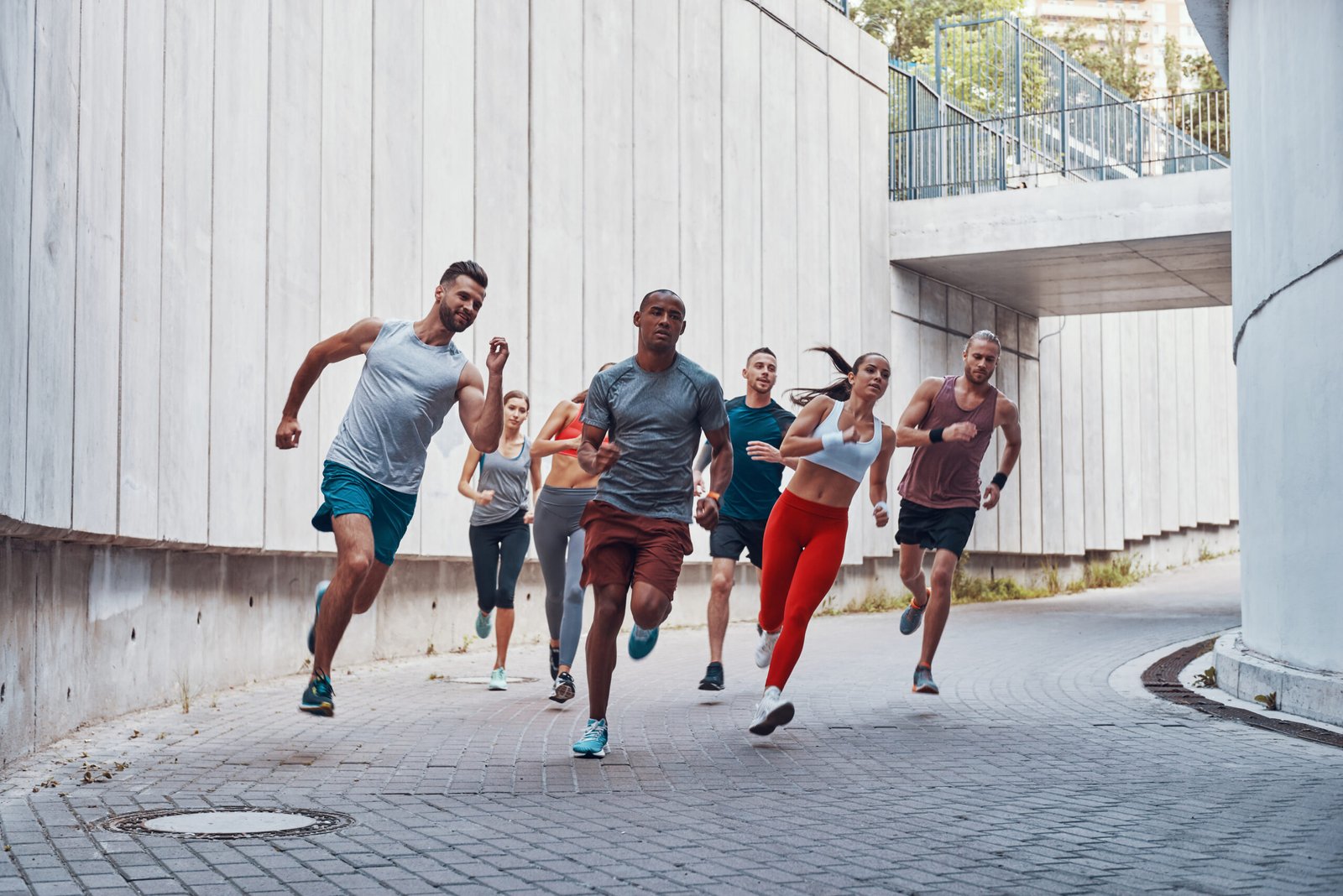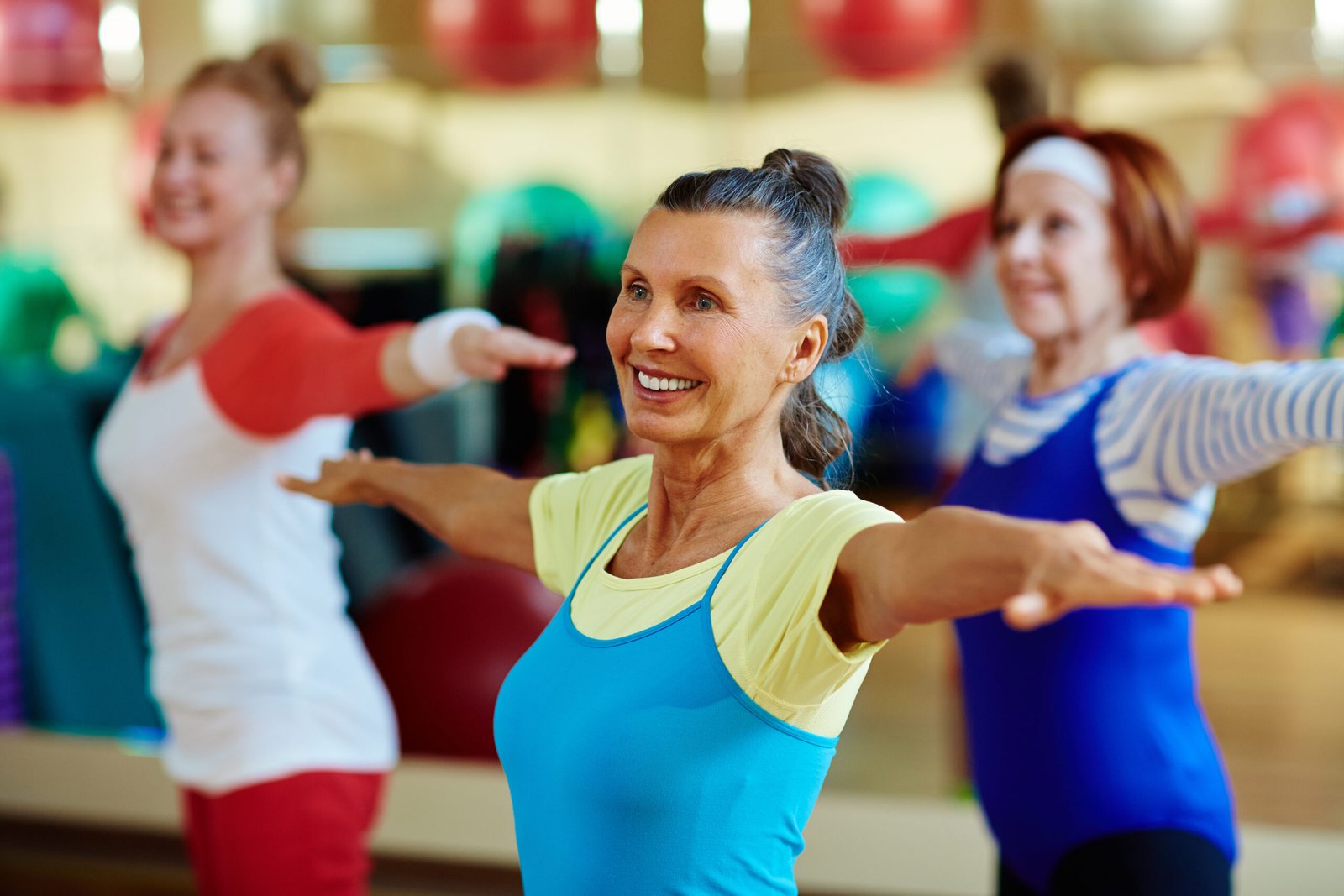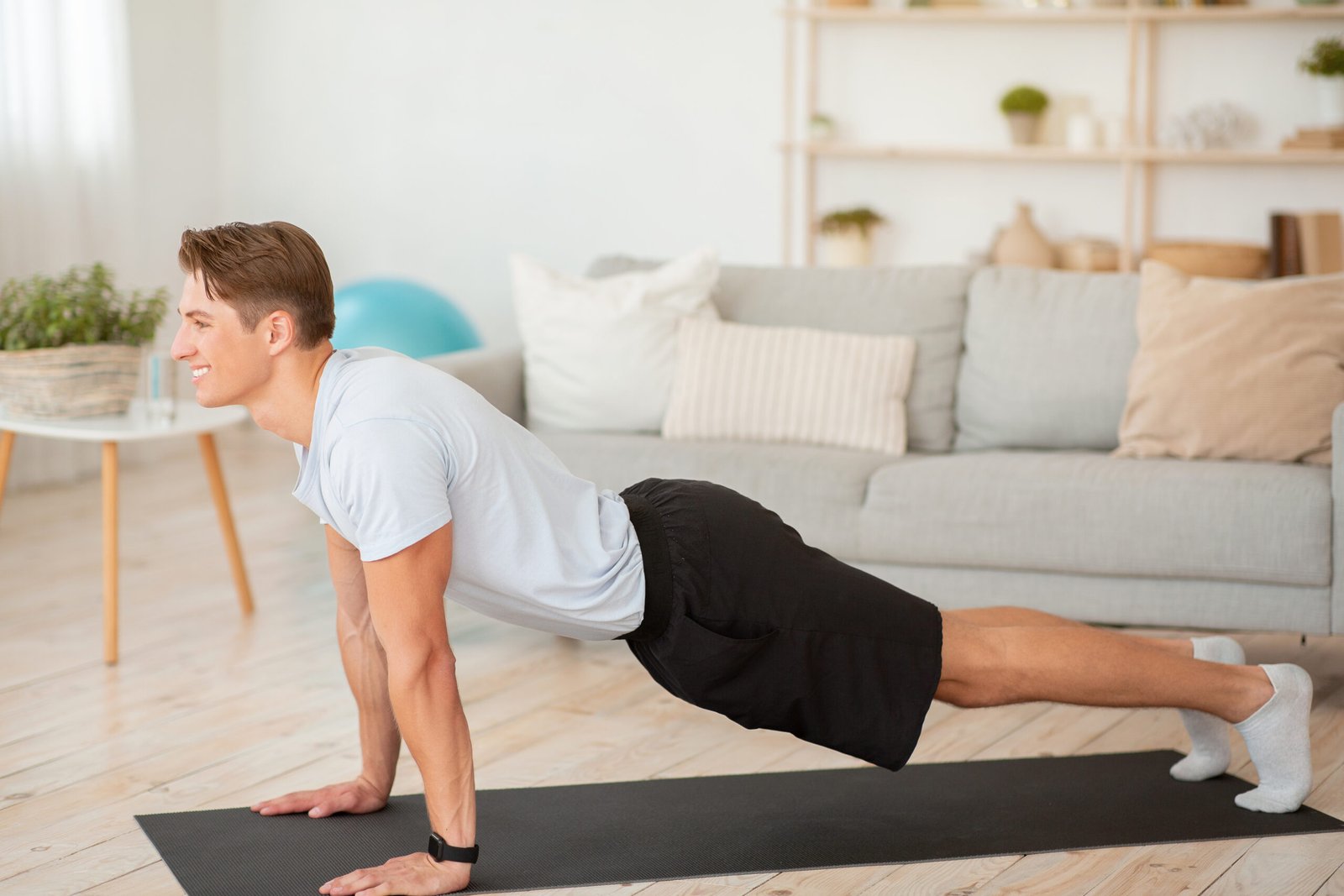Pilates has revolutionized the way people think about fitness, emphasizing controlled movements and mind-body connections. As you embark on or continue your Pilates journey, the choice of equipment—ranging from simple mats to sophisticated reformers—plays a critical role in enhancing practice and results. This comprehensive guide will delve into everything you need to know about Pilates equipment, ensuring that you select the best tools to transform your fitness routine.
The Ultimate Guide to Pilates Equipment
Exploring the full spectrum of Pilates equipment can deepen your understanding of the practice and its potential. From the humble mat to the versatile reformer, each piece of equipment serves specific purposes in enhancing workouts. Mats provide the foundation for Pilates exercises, focusing on body weight and alignment. In contrast, reformers and other apparatuses use resistance from springs and pulleys to challenge and engage muscles at a deeper level. Selecting the right equipment involves considering the various benefits, such as improved posture, flexibility, and strength.
Integrating different types of equipment into your routine can target specific areas of the body, enhancing overall fitness. For instance, reformers can increase strength and precision, while mats emphasize core stability. As you plan your Pilates practice, here are some considerations:
– Choose equipment that aligns with your fitness goals, such as increased flexibility or muscle endurance.
– Consider the space available in your home or studio before investing in larger apparatuses like reformers or Cadillacs.
– Evaluate the cost-effectiveness, weighing the equipment’s potential benefits against the financial investment required.
Investing in high-quality Pilates equipment can significantly elevate your fitness journey, providing long-term value and a versatile workout experience that keeps you engaged and motivated.
A Bit of Equipment History
Pilates as a discipline has a fascinating history that is closely linked to its unique equipment. Originally developed by Joseph Pilates in the early 20th century, Pilates aimed to create a comprehensive workout system for physical rehabilitation and overall health. The initial equipment he constructed was innovatively crafted from basic materials like hospital bed springs. This ingenuity led to the creation of the Reformer, Cadillac, and Wunda Chair, each designed to maximize strength, balance, and flexibility.
Throughout the decades, Pilates equipment has evolved considerably. Mats were among the first tools introduced, focusing on foundational exercises that emphasize body weight control. As technology advanced, so did the equipment, merging traditional designs with modern innovations to better accommodate diverse workout needs. This evolution has made Pilates more accessible and customizable for practitioners of all levels, offering a method that can be tailored to individual preferences and physical needs.
Understanding the historical context of Pilates equipment deepens your connection to the practice, enriching your experience and appreciation of this transformative fitness discipline.
Get to Know Your Pilates Equipment
To cultivate a well-rounded Pilates practice, it is essential to familiarize yourself with various equipment options, from basic to advanced. Each tool serves a unique function in targeting muscle groups and improving body alignment. Simple equipment like mats is ideal for those new to Pilates, providing a firm yet comfortable surface to perform exercises focused on core strength and flexibility. More complex apparatuses, such as reformers, offer a broader range of motion and customizable resistance levels, facilitating a comprehensive full-body workout.
Integrating both apparatus and mat work into your Pilates routine ensures a balanced approach to fitness. Mat exercises often emphasize stabilization, while apparatus work can enhance flexibility and strength through increased resistance. Choosing the right equipment involves evaluating your fitness goals, available space, and how each piece fits into your existing routine. Proper maintenance and usage will maximize your equipment’s longevity and effectiveness.
– Start with a quality mat if you are a beginner or prefer a straightforward workout.
– Graduate to reformers or chairs to intensify your practice once you’re comfortable.
– Explore adding rings or resistance bands to diversify gym and home workouts.
– Ensure regular maintenance and cleaning of your equipment to preserve functionality and extend its lifespan.
Being informed about the equipment available enables you to tailor your Pilates practice to meet your evolving fitness journey needs.
What Equipment is Needed for Pilates?
Pilates offers a versatile range of equipment, each adding unique benefits to your routine. Here’s a selection of essential tools to consider:
– Pilates Mat: The foundational element required for floor exercises, providing necessary cushioning and support.
– Resistance Bands: These versatile items introduce varying resistance levels to exercises, increasing intensity and muscle engagement.
– Pilates Ring: Also known as a magic circle, it engages core muscles, helps improve posture, and provides additional resistance.
– Reformer: Known for its sliding carriage, ropes, and adjustable springs, this apparatus offers a comprehensive, adaptable workout.
– Stability Ball: Enhances exercises that promote core balance and strength, adding an extra challenge to routine Pilates moves.
Selecting the right combination of these tools depends on your current fitness level, goals, and personal preferences, allowing for a personalized workout environment.
Comparison of Essential Pilates Equipment
| Equipment 🧘♀️ | Description 📖 | Ideal For 🏋️ | Benefits 🌟 | Maintenance Tips 🔧 |
|---|---|---|---|---|
| Pilates Mat 🪄 | A foundational item for floor exercises, offering cushioning and support. | Beginners and mat-based routines. | Enhances core stability, flexibility, and posture. | Clean with mild detergent; store in a dry area. |
| Resistance Bands 🏃♀️ | Lightweight, elastic bands adding resistance to exercises. | Intermediate to advanced users, or for travel-friendly routines. | Increases muscle engagement, adds intensity to routines. | Check for tears; replace if damaged. Store away from sunlight. |
| Pilates Ring 🌐 | Known as the magic circle, designed to engage inner muscles and improve posture. | All levels; great for focused core and upper body work. | Adds resistance, refines balance, promotes muscle endurance. | Wipe after use, avoid overstretching, store flat. |
| Reformer 🛠️ | A sliding carriage apparatus with springs for variable resistance. | Intermediate to advanced practitioners seeking comprehensive workouts. | Enables full-body strengthening, improves precision and flexibility. | Inspect springs regularly; clean with warm water and soft cloth. |
| Stability Ball ⚽ | Inflatable ball for core balance and coordination exercises. | All levels, especially beneficial for stability and core work. | Enhances balance, deepens core activation, offers versatile exercises. | Keep away from sharp objects, inflate as needed. Clean with a damp cloth. |
| Cadillac 🏗️ | A large apparatus with bars, springs, and straps for diverse movements. | Advanced practitioners; ideal for rehabilitation and strength training. | Supports advanced flexibility, strengthens muscle groups, promotes range of motion. | Regularly inspect straps and springs; follow manufacturer care instructions. |
| Chair 🪑 | Compact apparatus offering challenging exercises for balance and core strength. | Intermediate to advanced users with space limitations. | Improves muscle endurance, core stability, and overall body strength. | Check pedal resistance; clean handles and padding. |
| Foam Roller 🌀 | Cylindrical foam for myofascial release and balance exercises. | Suitable for all levels; beneficial for post-workout recovery. | Eases muscle tension, enhances flexibility, promotes relaxation. | Clean with warm water and soap; store in a dry, cool area. |
Pilates Equipment Glossary
Understanding the different Pilates equipment is crucial for maximizing your practice. Below is a glossary of the most common tools and their functions:
– Mat: A core component for most Pilates exercises, providing stability and comfort, crucial for controlling movements.
– Reformer: A versatile apparatus with adjustable springs, designed to enhance strength and improve flexibility through targeted exercises.
– Cadillac: Equipped with a variety of bars and straps, this multi-purpose machine is intended to increase coordination and strength.
– Chair: Compact yet effective, it offers extensive exercises that test muscle endurance, core stability, and balance.
– Barrel: Curved to aid in spine mobility and alignment, enhancing deep stretching and flexibility.
Acquainting yourself with these equipment options arms you with the knowledge necessary to broaden and deepen your practice effectively.
What Essential Equipment Do I Need to Start Practicing Pilates at Home?
Creating a conducive environment for Pilates at home begins with a selection of versatile tools. Besides a reliable mat, resistance bands offer diverse workout opportunities, while a Pilates ring targets and strengthens muscle groups. Incorporating light dumbbells can add intensity to upper body exercises. Additionally, a stability ball or foam roller can play a critical role in delivering additional support, challenge balance, and aid muscle relaxation.
– Exercise Mat: Choose one for comfort during your Pilates sessions, focusing on cushioning and support.
– Resistance Bands: Incorporate these for added resistance, improving strength and flexibility.
– Pilates Ring: Enhance core stability and muscular focus through targeted exercises.
– Light Dumbbells: Use these to increase resistance and add a strength-training element.
– Stability Ball/Foam Roller: Utilize for balance challenges, muscle relaxation, and support.
These essential items create a holistic Pilates experience, whether you’re just starting or looking to enhance your home exercise routine.
How Do I Choose the Right Pilates Mat for My Practice?
Selecting the perfect mat involves considering several key features, such as thickness, material, and texture. Opt for a mat that’s between 1/4 to 1/2 inch thick for optimal cushioning to protect your joints and spine during exercises. The material is also vital; favor those crafted from non-toxic, eco-friendly substances that ensure both durability and environmental consciousness. Texture is equally important; settle for a non-slip surface to maintain stability throughout your workout, especially if you tend to perspire.
– Consider thickness: A 1/4 to 1/2 inch mat offers adequate cushioning for your workouts.
– Prioritize material: Seek non-toxic, eco-friendly options like natural rubber or TPE.
– Evaluate texture: A non-slip surface ensures safety and stability during practice.
– Think about portability: Lightweight, portable mats are convenient for various settings.
– Assess size: Choose a mat that accommodates your height, providing full support.
By following these guidelines, you can select a mat that enhances your Pilates experience while ensuring safety and comfort.
What Are the Differences Between Pilates Reformers and Pilates Mats?
Understanding the distinctions between Pilates reformers and mats will help in tailoring workouts to specific needs. Reformers are intricate machines with a sliding carriage system and spring-loaded resistance, offering an enriched full-body workout. They are known for enabling a wide range of exercises that target various muscle groups, suitable for those seeking higher workout intensity. On the other hand, Pilates mats only require a cushioned surface, focusing primarily on body weight exercises that enhance core strength and flexibility.
– Reformers require setup space and investment, offering adjustable resistance.
– Mats are cost-effective, portable, and ideal for home-based sessions.
– Reformers provide precision, increasing the challenge through directed movements.
– Mats facilitate fundamental Pilates exercises, stressing core stability.
– Reformer workouts can aid rehabilitation, while mats cater to beginners.
Choosing between reformers and mats hinges on personal fitness needs, goals, and available resources, ensuring an adaptable Pilates journey.
Can Beginners Use Pilates Reformers, and What Should They Consider Before Starting?
Beginning your Pilates journey with a reformer is entirely feasible with the appropriate guidance and comprehension of basic mechanics. It’s pivotal for novices to start with simple exercises, getting a feel for the machine’s unique movements and resistance dynamics. A certified Pilates instructor can provide invaluable assistance, offering insights into correct posture, form, and safe practice principles.
– Seek guidance from professional instructors to avoid injuries and maximize benefits.
– Start with fundamental exercises to build familiarity and confidence.
– Assess fitness levels to determine suitable exercises.
– Consider any health conditions or previous injuries when planning workouts.
– Opt for beginner sessions to understand the basics and avoid errors.
By incorporating these considerations, beginners can safely and effectively engage in reformer exercises, thereby paving the way for an enriched Pilates experience.
Are There Any Maintenance Tips for Keeping My Pilates Equipment in Good Condition?
Preserving the efficiency and longevity of your Pilates equipment necessitates diligent maintenance. Regular cleaning plays a key role, utilizing mild detergent and warm water to remove sweat and dirt build-up. Additionally, routine inspections of equipment components, like springs on reformers, ensure optimal performance and safety.
– Regular cleaning prevents unhygienic conditions and preserves equipment integrity.
– Inspect components like springs and straps for wear, replacing as needed.
– Store mats and bands in dry, cool locations to avoid damage.
– Lubricate moving parts to ensure smooth operation.
– Adhere to manufacturer guidelines for maintenance and care.
By incorporating these maintenance practices, you can extend the lifespan of your Pilates equipment while ensuring a safe and effective workout environment.
Enhance Your Pilates Journey with the Right Equipment
Choosing the right Pilates equipment, from mats to reformers, is crucial for enriching your practice, enhancing flexibility, building core strength, and promoting overall well-being. As you’ve learned from this guide, each piece of equipment has specific benefits, and selecting the right tools involves aligning them with your fitness journey and goals. Whether you’re a beginner or a seasoned practitioner, integrating the right equipment can revitalize your routine, ensuring a balanced and effective Pilates experience. Remember to maintain your apparatus properly to guarantee safety and longevity, ultimately crafting a transformative fitness journey tailored just for you.










